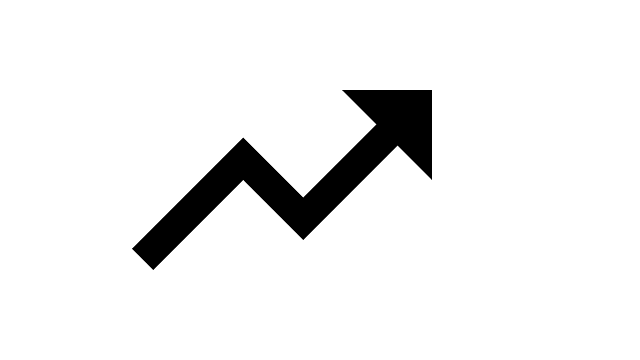With the rapid spread of the pandemic, thousands of schools and millions of teachers globally had to switch to remote classes almost overnight.
Along with proving to be a dark horse for investors in 2020 with a whopping 223.2% rise in funding than in the previous year (Source: Inc42+), EdTech has also made things easier.
Some key shifts that happened in 2020 that prepared the ground for a quantum leap for EdTech in 2021 include:
- EdTech startups attracted over $2.2 billion in investments
- The new National Education Policy opens doors for technology to play a key role in creating more inclusiveness of education.
- Birth of new EdTech players whereby the number of startups shot above 4500
- New niche segments identified by players to cater to specific needs
- The growth that would have come in a few years got condensed to less than a year thereby boosting acceptance rather quickly
- Hiring in the EdTech sector far outpaced that in most sectors
Let’s take a look at 4 of the most impactful trends that will shape EdTech for learners in 2021.
#1 Gamification and Interactive Learning
If we think of our days as children, classroom learning has indeed come a long way. But Tech needs to be toiled for learning to truly create ripples beyond just becoming ‘online’ in nature. Teachers globally are adopting hybrid models, video-based content and leveraging technology to make online learning more interactive. Game design aspects are also being incorporated in learning environments to gain growing interest and attention. The use of multidimensional models, graphic calculators, animation and 3D images on smart screens, presented with a touch of gamification makes the classroom much more exciting.
The number of new gamification features available to the learners’ community is increasing rapidly. Hyderabad-based edtech startup EduThrill is already leveraging gamification to deliver tests and assessment tools. Apart from students, the startup is also helping corporates, institutes and job seekers prepare for their next job.
There’s no road without bumps but interactive learning, including gamification, will be a familiar tool in the EdTech domain in years to come.
#2 The Immersive Learning Boom
Augmented and virtual reality are rapidly becoming popular with students.
Augmented Reality (AR) is an emerging technology in education that combines modern tech with real-world settings to provide an immersive eLearning experience. In contrast, Virtual Reality (VR) creates a new digital world.
Movie-like fantasies of experiencing the Indus Valley Civilization in 3D will come alive with immersive learning. It will soon be possible for a student to wear a VR headset and walk through the digital version of any designed geography.
#3 Internet of Things
As students interact with connected Internet of Things (IoT) devices and other digital tools, online learning is booming. To cater to students’ educational requirements, the learning experience needs to be personalized, and we now have bigger data than ever before. This big data and analysis are critical for personalized learning, determining interventions, and what tools can be leveraged.
As per the report by Markets and Markets Research, global IoT in the education market is expected to increase from USD 4.8 billion in 2018 to 11.3 billion by 2023 at a CAGR of 18.8%. And India is expected to contribute 20% of the global market value. The same report states that the ‘classroom management segment’ is expected to offer lucrative opportunities in the market.
Smartboards and attendance metrics have both become widely known and accepted by learners. With IoT, we can help breed more familiarity with the technology between learners and tutors. This will help pave the way for the short term and in the long term for a future underpinned by technology.
#4 Big Data and Learning Analytics
The current learning analytics landscape has expanded and allows educators to measure and report student learning efficiently.
Some information that can be easily collected at basic levels includes the course’s topic, learner enrollment, learner performance (time per course, completion, test result), and learner feedback (rating, survey).
When teachers read insights from students’ learning processes, they can improve their learners’ knowledge and skill acquisition accordingly. Teachers can also identify what pieces of knowledge weren’t effectively delivered and improve them for future instances. Moreover, learning analytics also helps educators identify blocks of students who may have academic or behavioural challenges. This can equip teachers to develop a way to help students reach their full potential.
The Gig Economy has been yet another impactful pivot in accelerating the demand for executive education and higher education. Add to this the rapid growth of Tier 2 and Tier 3 markets which will further fuel massive growth for all EdTech players in India. According to Talentedge, a leading Higher Education platform, 45% of its learners come from Tier 2/3/4 markets and not from metros.
With digital learning also proving to be an efficient solution for bridging the teacher skill gap, the future of edtech as a sector holds the promise of economic prosperity for India.
Considering students’ safety and the flexibility, the blended learning approach is future choice to ensure uninterrupted teaching and learning.
Leveraging the best of both online education and traditional learning methods, educational institutions can continue to focus on imparting 21st-century education.
